Vittoria mountain bike tyres: specs, prices, weights and more
Interested in Vittoria mountain bike tyres, but unsure of the range? Here's an overview, along with an explanation of the technologies used by the Italian tyre maker
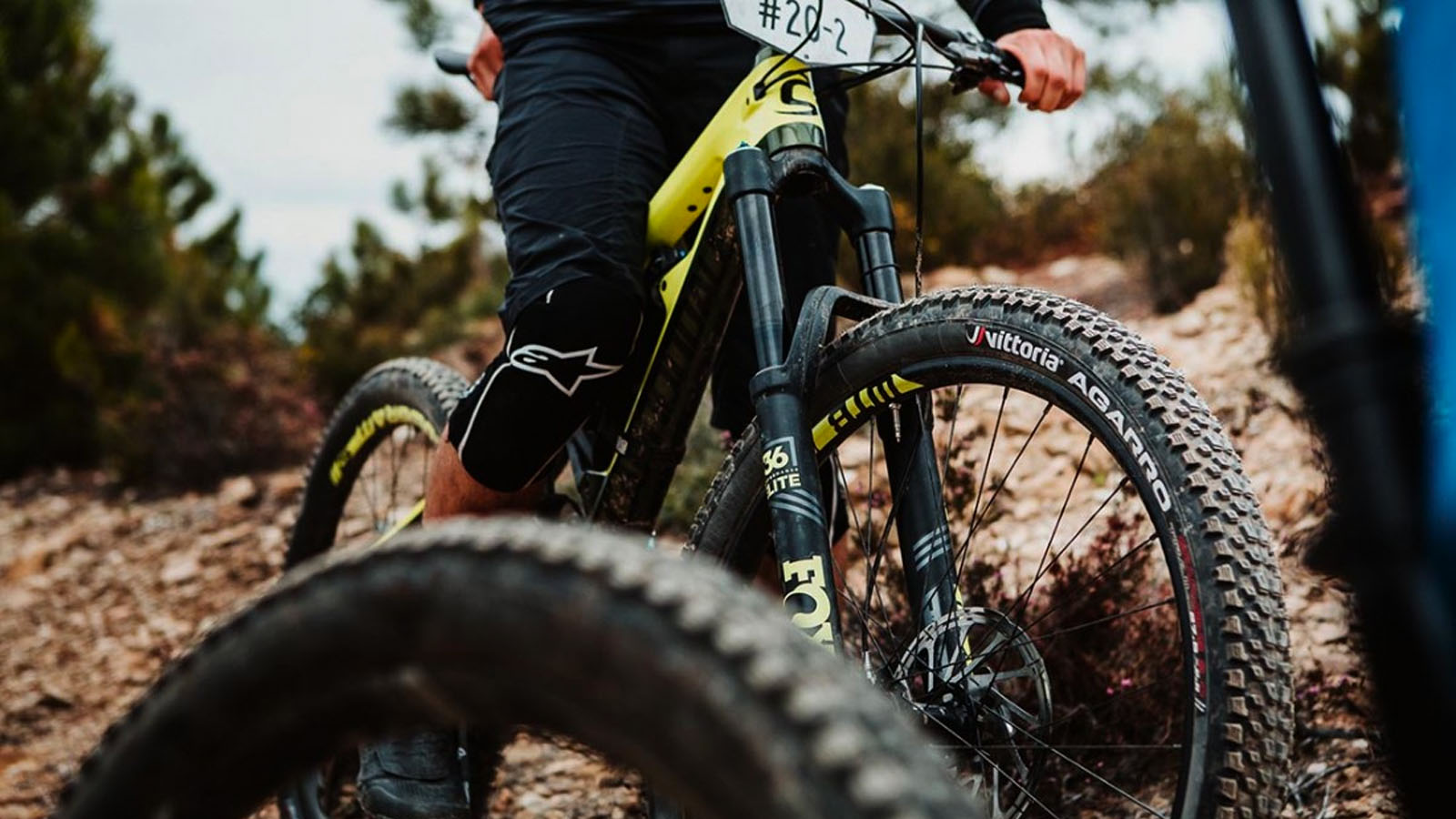
Established in 1953, Vittoria is an Italian tyre manufacturer, famous for its tubular and cotton road tyres, but in recent years we've seen a big push into its off-road rubber.
In 1988, Vittoria moved its production to Bangkok, Thailand, at the Lion Tyres facility where the majority of its tyres are made, and in 2013 the brand opened a shiny new compound factory to continue to push the company's tyre technology.
Vittoria Cross-country tyres
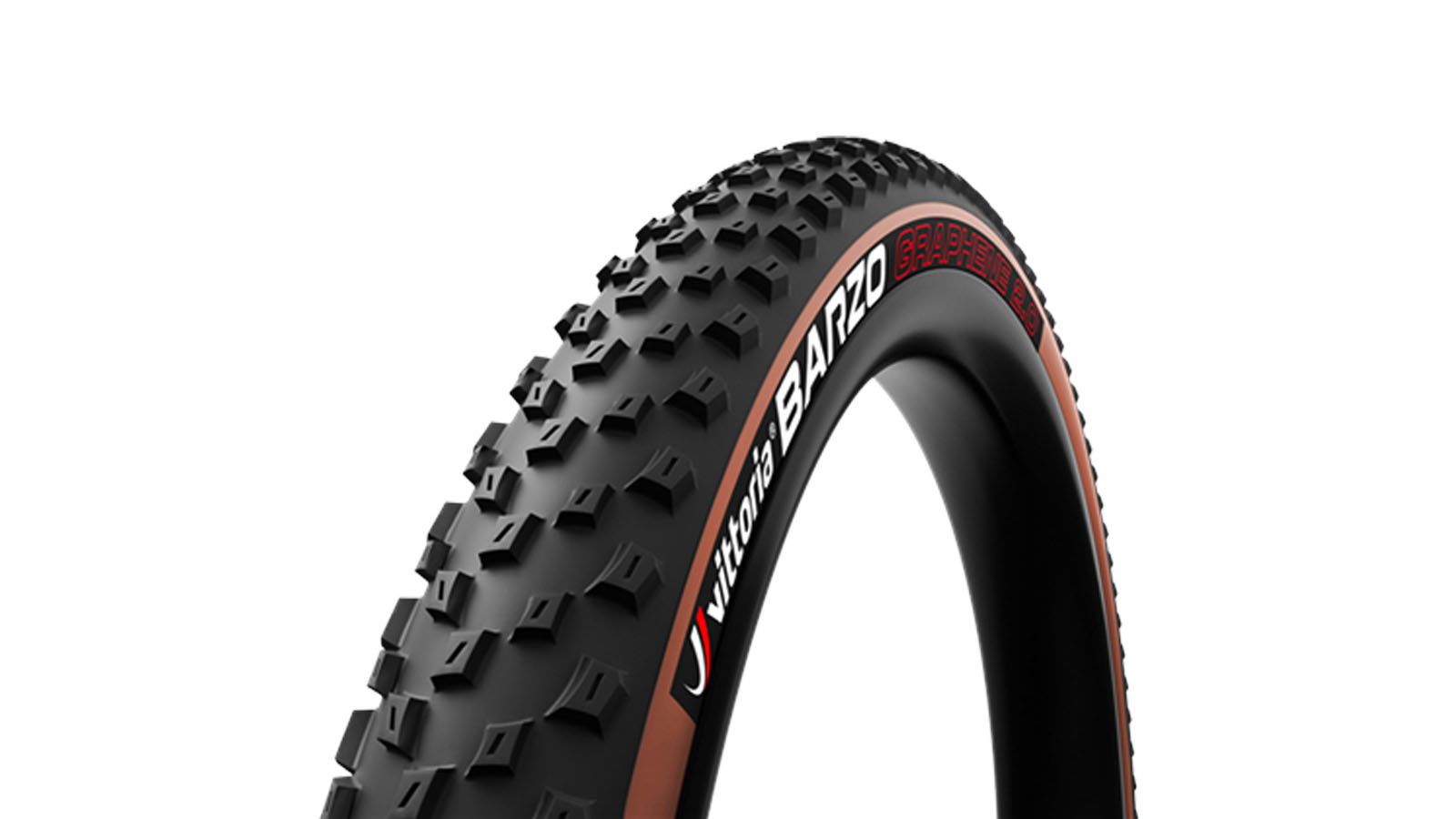
Barzo
Specifications
Reasons to buy
Reasons to avoid
The Barzo has earned itself the top podium spot at the 2015 world championships as well as the BC bike race. Designed for ‘technical XC’ the Barzo features a centre tread with an alternating ridge design and progressive sipe angles, while the shoulder tread sees moto-style blocks in a v-formation for cornering grip.
For a fully lugged tyre, it rolls almost like a semi-slick, while still providing braking and cornering traction. With a relatively open tread pattern, it clears mud well, but it's still a low profile tyre, and you'll quickly find the limit of its purchase in dry and dusty conditions. The 120 TPI TNT casing is robust for a cross country race tyre, and won’t shred like tissue paper.
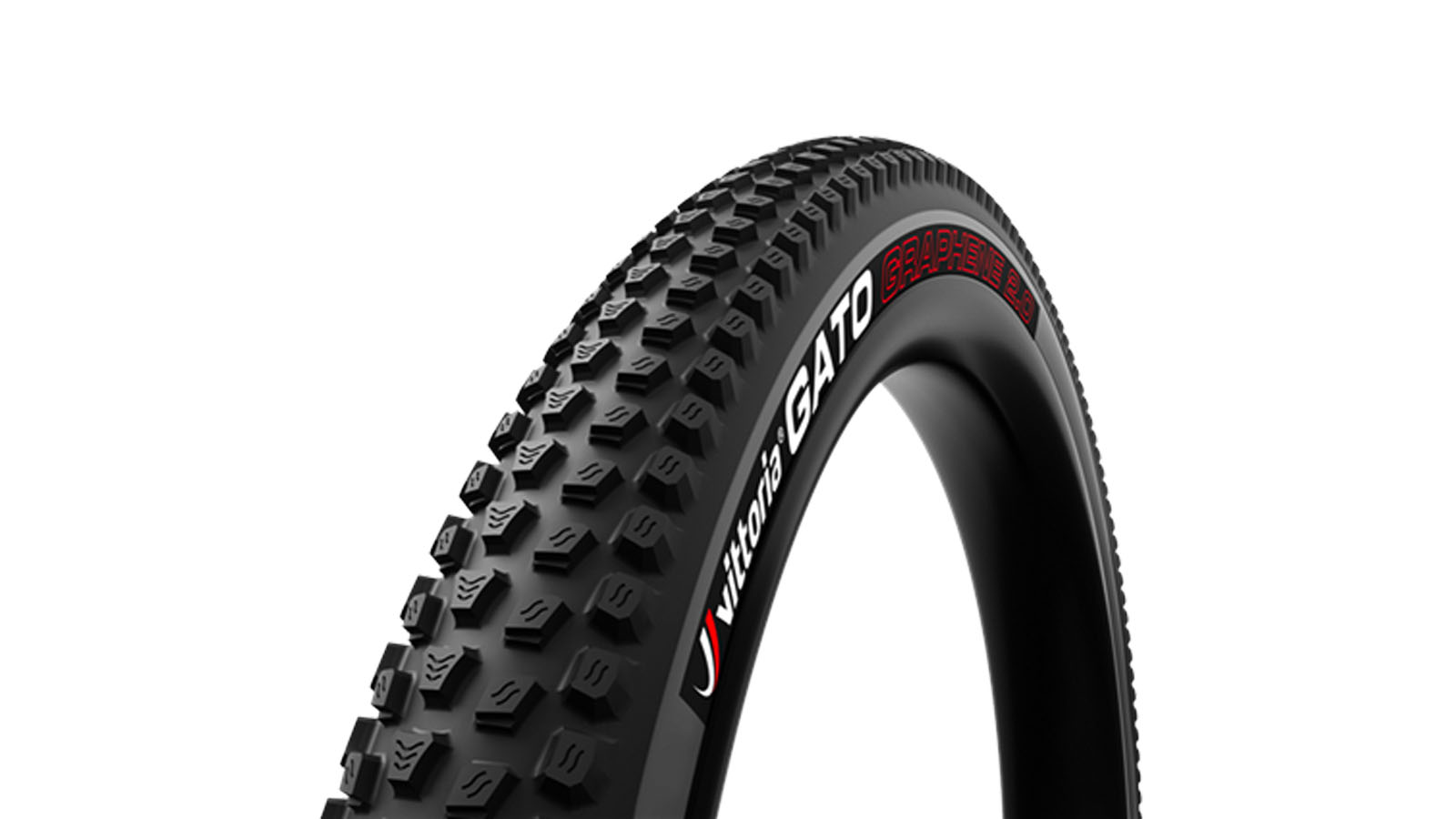
Gato
Specifications
Reasons to buy
Reasons to avoid
Wet weather XC tyres are a reasonably niche product, but that's how Vittoria pitches the Gato tyres. Each lug features substantial siping, allowing the knobs to bend and conform over rocks and roots, providing the feel of much a softer compound, without actually using one. The tread pattern is simple with uniform directional knobs used throughout, with the shoulder lugs angled slightly.
Only available in a 2.2in width, they are designed to slice through the mud and feature ‘circumferential channels’ said to allow the tyre to efficiently clear mud. Keeping in mind these aren’t full-on DH mud tyres, they do pretty well in mucky conditions — they aren't too shabby in the dry either.
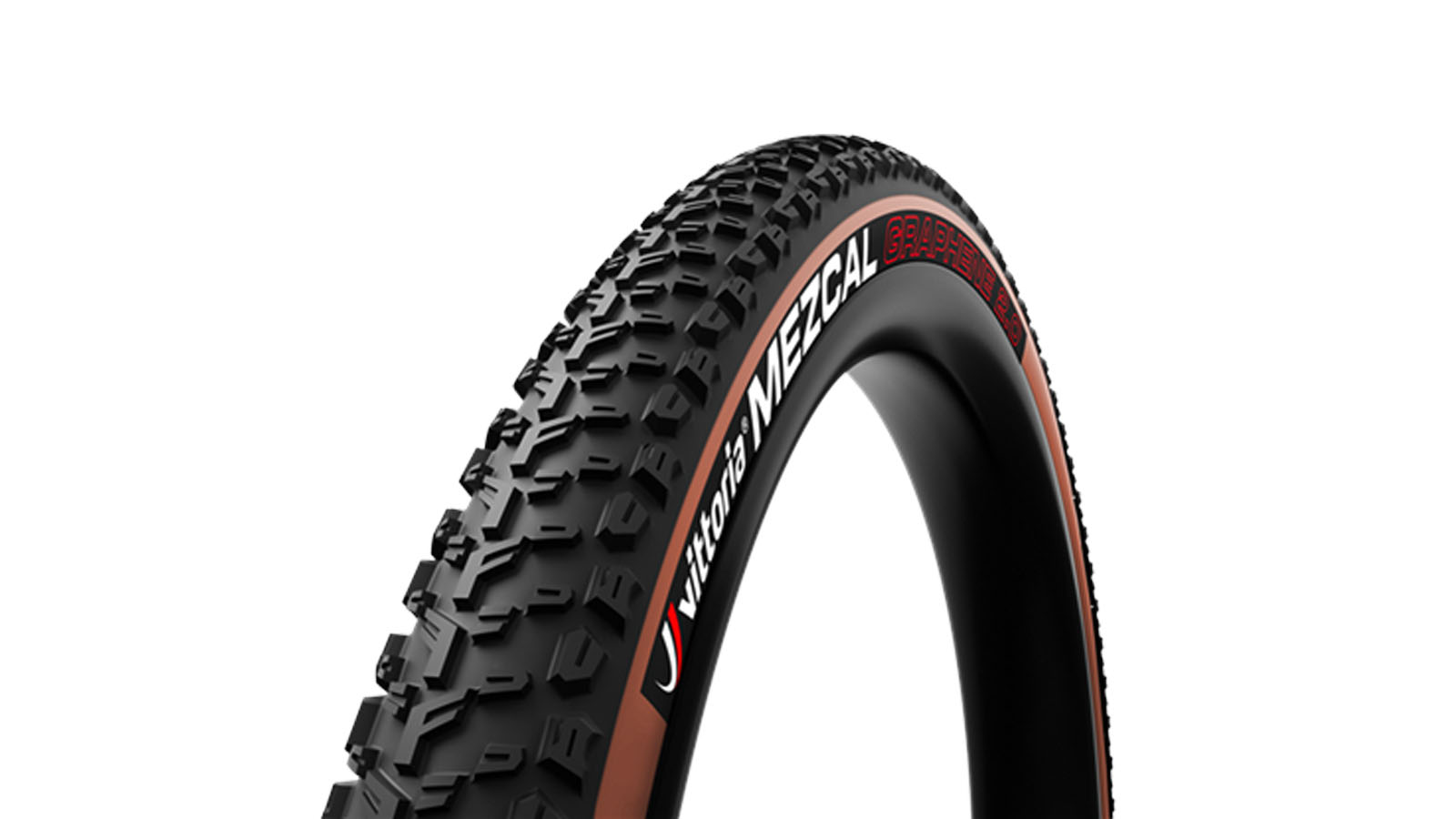
Mezcal
Specifications
Reasons to buy
Reasons to avoid
Just as happy serving as a front or rear tyre, the Mezcal is covered in four rows of knobbies on each side of the casing. Half chevron-shaped knobs in the middle facilitate low rolling resistance, while the alternating arms provide climbing and braking grip. Moving out, there are two rows of staggered transition knobs which lead into staggered, angled and well-supported shoulder knobs.
It’s a lot of tread for a single casing, but the idea is to eliminate the dead spot you find at certain lean angles, providing reliable grip throughout. The Mezcal is a fast tyre that won’t make for too many pucker moments when the conditions deteriorate, and they are well suited to the latest rage of aggressive XC bikes and light trail bikes too.
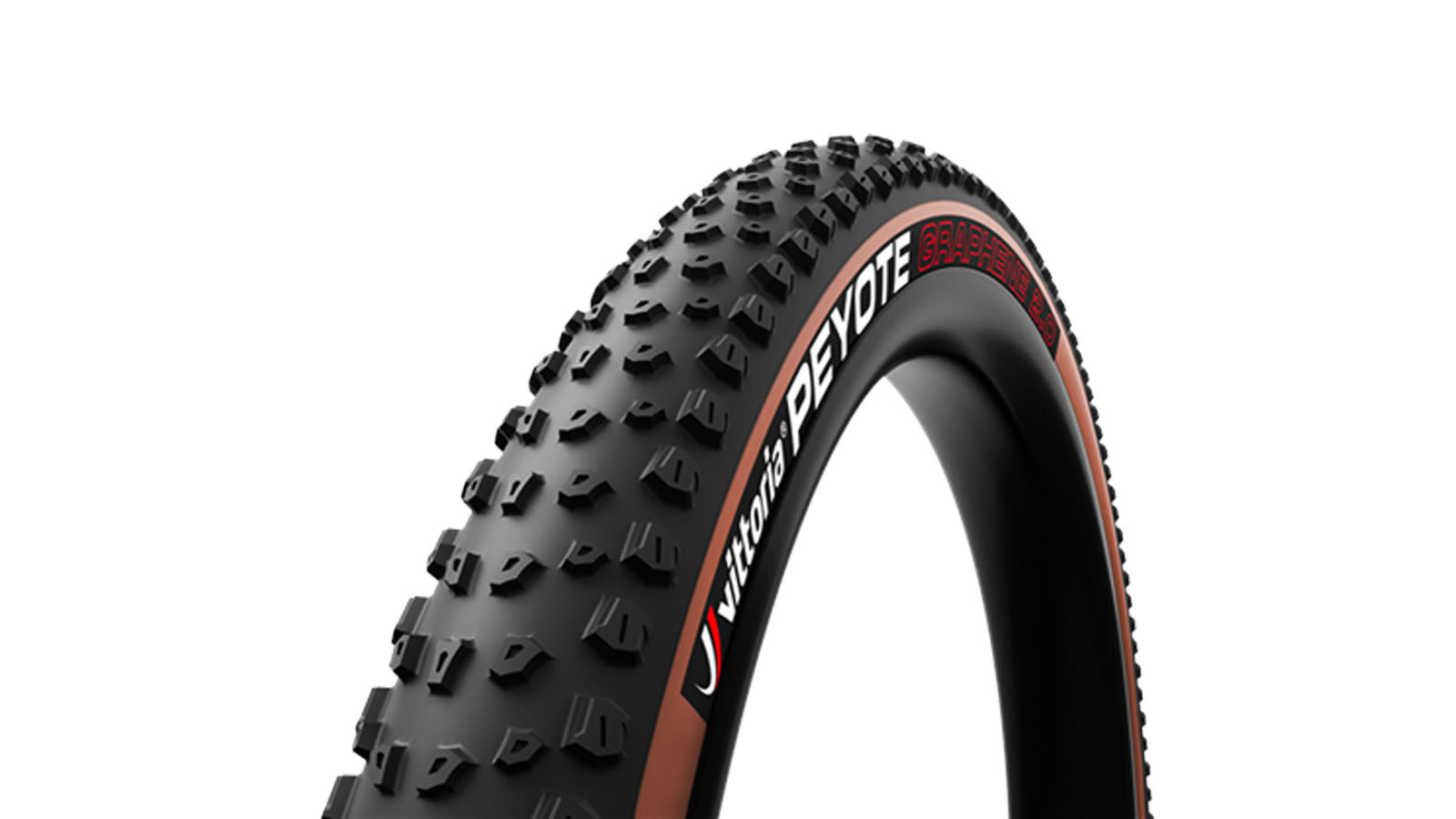
Peyote
Specifications
Reasons to buy
Reasons to avoid
With low profile lugs throughout the tyre, the Peyote is made for speed. The open tread pattern is self-cleaning, and the side nobs dig in on the hard pack but are still predictable in sandy and wet conditions.
We like to use a Peyote on the rear as because it rolls so well, but it’s predictable with the shoulder nobs hooking up in tight corners and hanging on for dear life. The knobs themselves feature directional siping for added grip over roots and rocks, but the profile seems to inflate a bit smaller than the number printed on the sidewall.
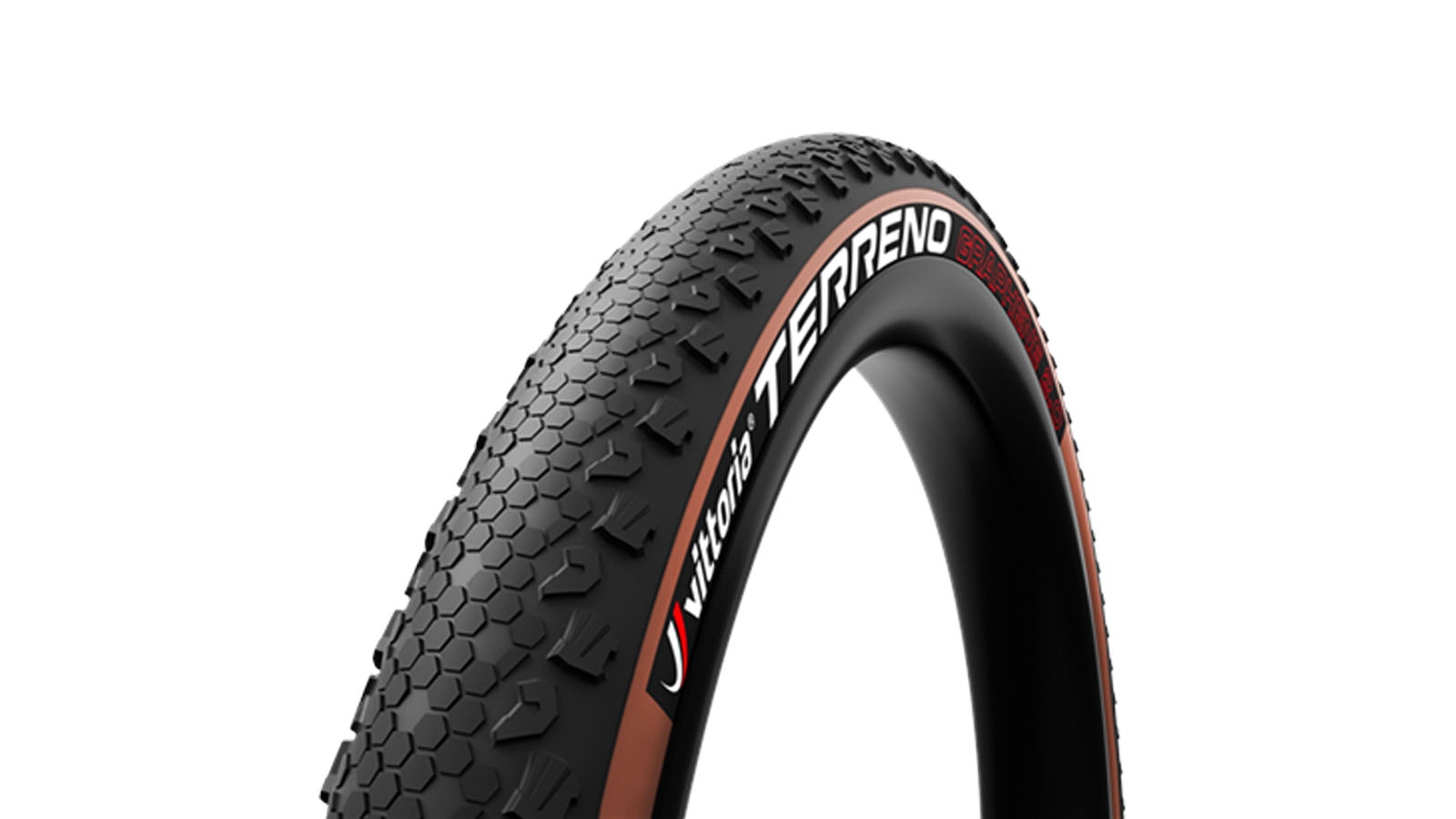
Terreno
Specifications
Reasons to buy
Reasons to avoid
The Terreno bridges the gap between file tread and super low profile knobs for fast rolling hard packed XC racing. The fish scale design provides some grip when loaded, and almost no rolling resistance, while the mid-height transition knobs and shoulder tread hook up when the bike is leaned over.
If it wasn’t only available as a 29er, the Terreno probably has more applications as a gravel tyre, though for a specific few XC races the verging-on-smooth centre channel will be just the ticket.
Vittoria Enduro and Trail tyres
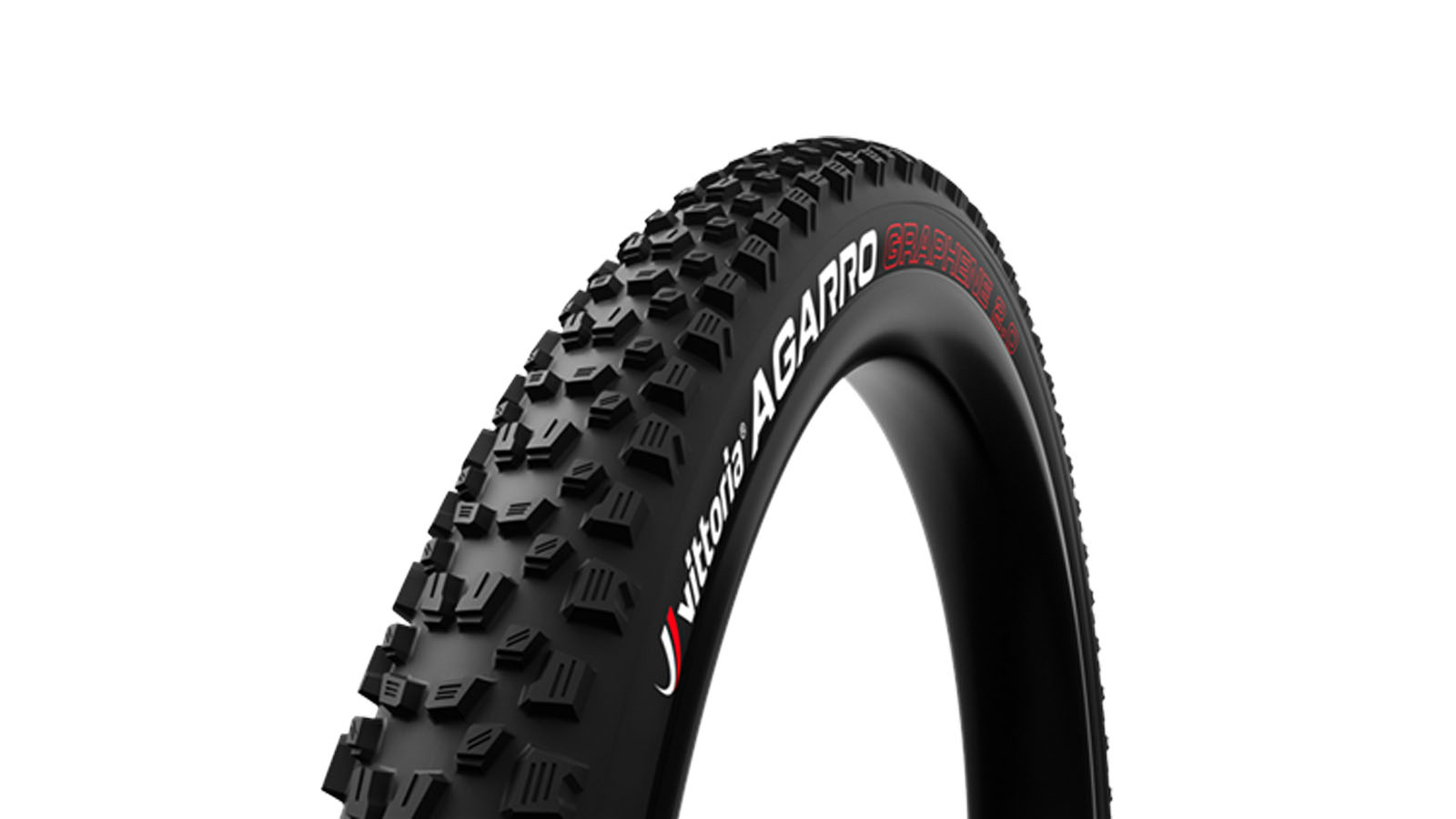
Agarro
Specifications
Reasons to buy
Reasons to avoid
If you took Vittoria’s Martello, Marzo and Gaton rubber, chopped each one up and glued them all back together as a single tyre you’d have the Agarro.
Featuring tread shapes from all three tyres, the Agarro sees leading-edge sipes and a ramped lug in the centre for climbing grip on the steps while the progressive sipes on the non-ramped lugs allow the tyre to stick to rocks and roots, even when they are wet. Well defined shoulder tread and a squared-off profile help the tyre to hook up in corners, and a Trail TNT tubeless casing doesn't look like it was on the losing end of a knife fight at the end of your ride.
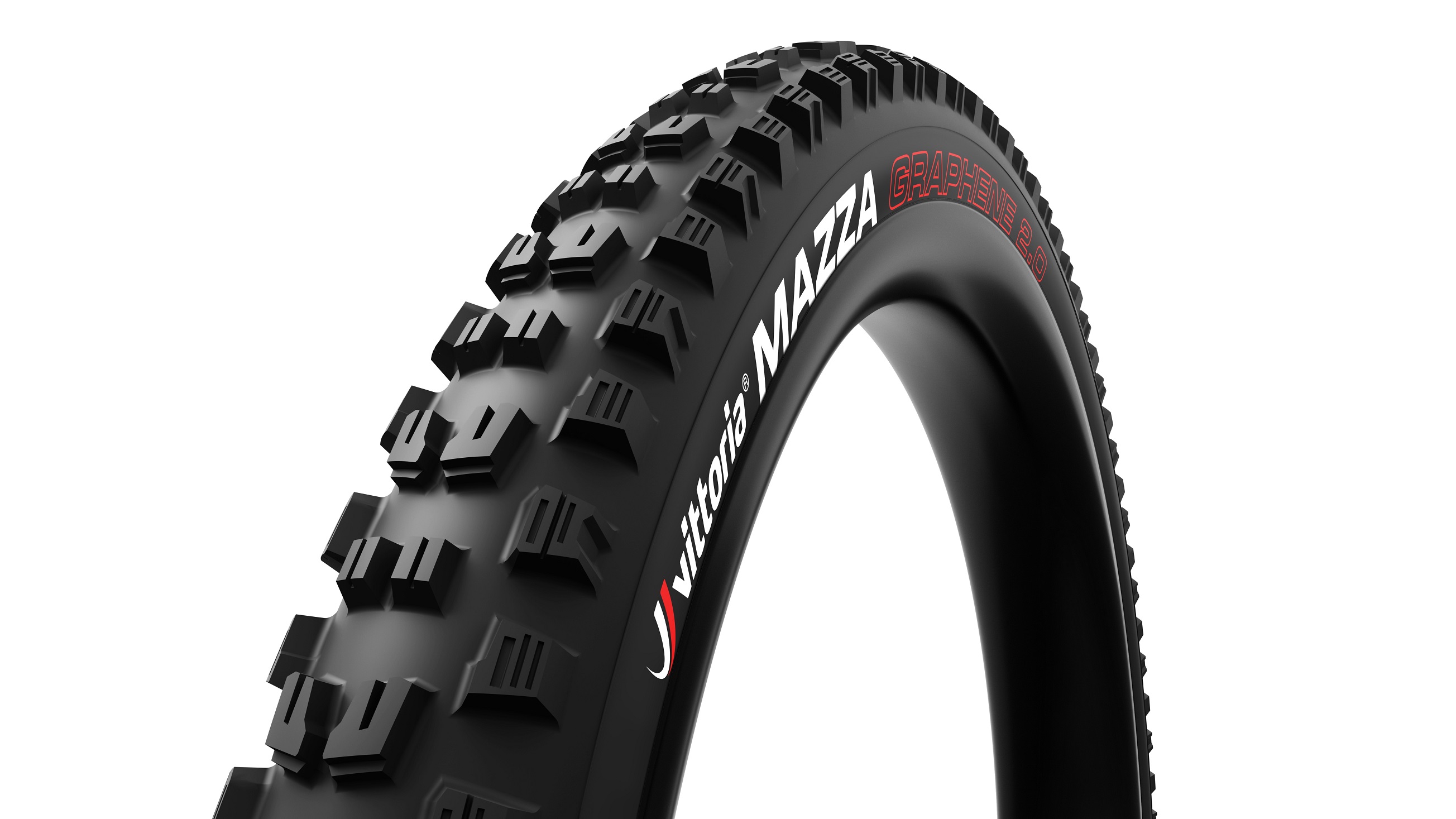
Mazza
Specifications
Reasons to buy
Reasons to avoid
Vittoria's newly released Mazza is an aggressive trail and enduro tyre that has been designed for riders who are likely to face a wide range of conditions and trail types and want a tyre that will perform across the board.
It's unsurprising that the Mazza excels at cornering, the tread pattern is not dissimilar from another well-established corner shredding tyre from another brand. However, Vittoria has gone further by adding a lot more sipping through the centre and shoulder knobs to give better grip on rocks, roots and off-camber sections. The sipping is directional and graded for better rolling speeds and progressive cornering characteristics.
Vittoria uses its 4C compound layering to support the tall knobs and allow them to dig into the dirt and maintain structure when hard on the brakes or railing turns. Vittoria also claims the 4C construction should offer increased wear life as well.
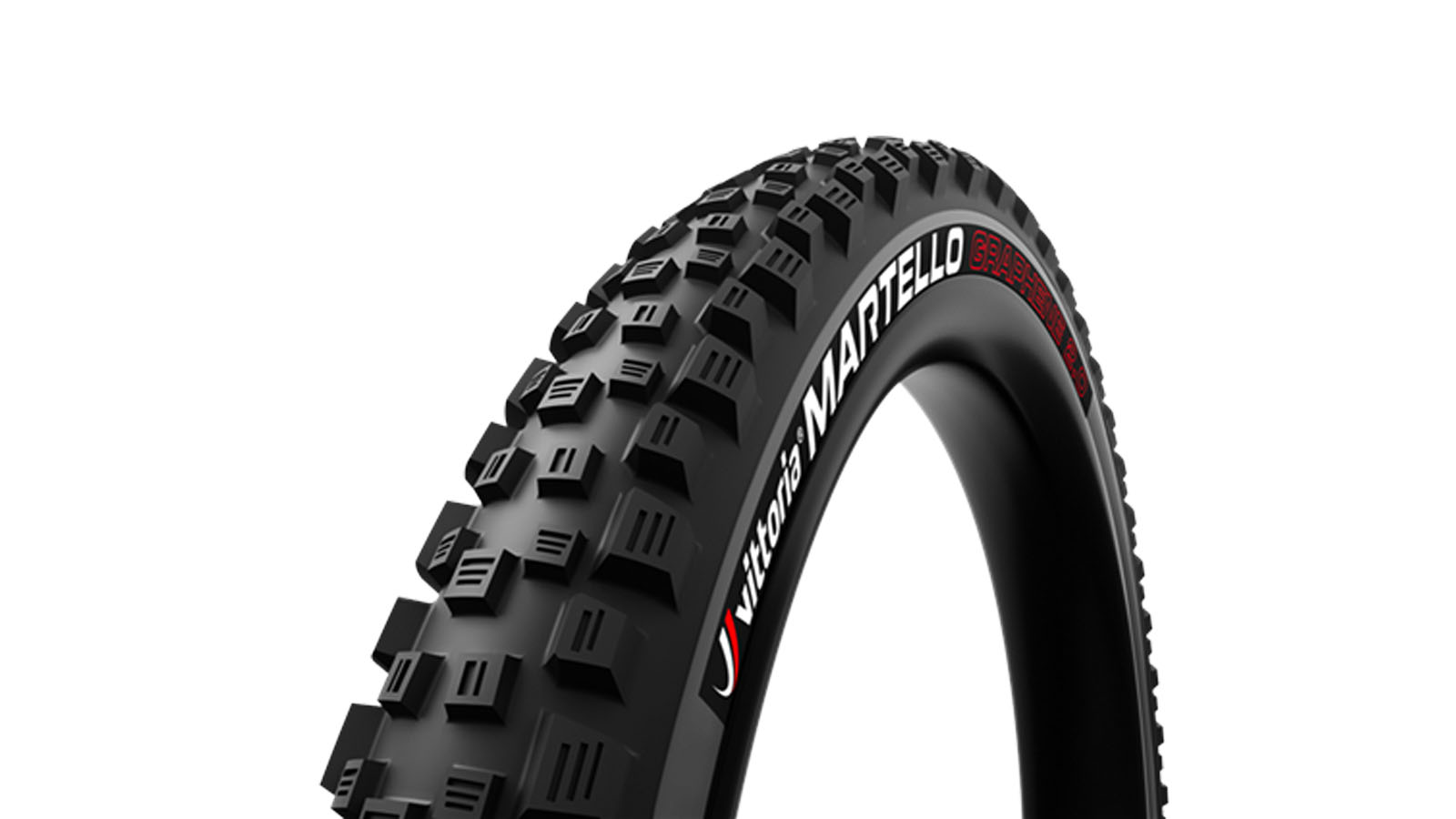
Specifications
Reasons to buy
Reasons to avoid
When Vittoria first launched the Martello, it was a DH tyre. Over the years riding has become quite a bit more aggressive, and lots of technology we used to associate with the pinnacle of gravity riding has now become commonplace on bikes that aren’t solely driven by gravity.
In a category where many of the best tyres look like a Maxxis Minion, Vittoria went a different route with the Martello, aiming for something that would perform a range of conditions. Covered in chunking nobs with two or three sipes each, each is made from one of the softer compounds in Vittoria's 4C system so it can hang on tight in loose and loamy conditions. The tyre is predictable but lacks that sharp bite of the shoulder tread we are used to with tyres in this category.
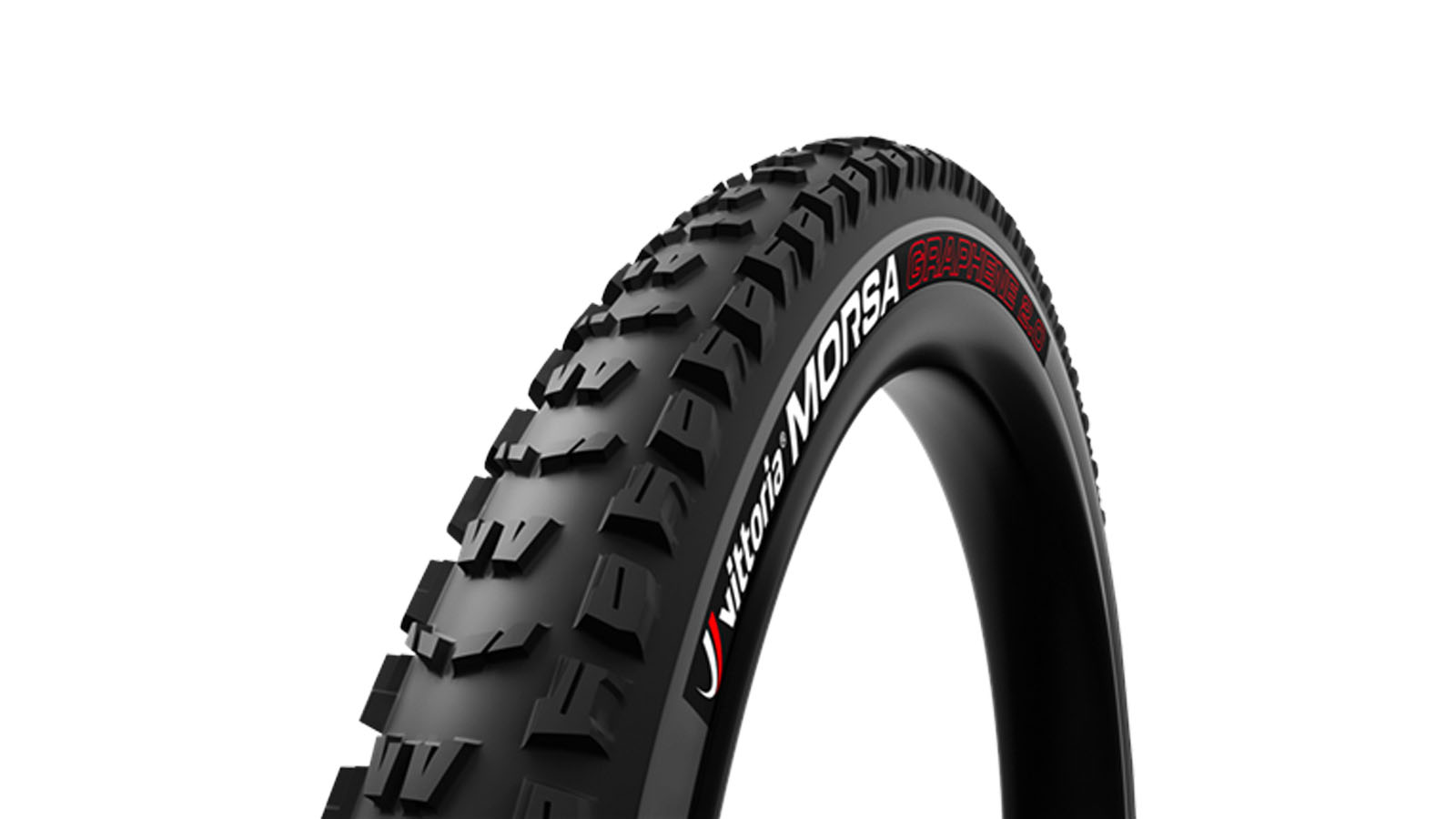
Morsa
Specifications
Reasons to buy
Reasons to avoid
With semi-shallow centre tread and sharp side blocks, the Morsa has a rounded profile with a decent sized transition zone; it's a tyre designed to break loose and they quickly hook up as you lean the bike over in a predictable manner. The angled siping on the cornering knobs and directional centre tread keeps you pointed in the right direction and has surprising climbing purchase too. It's most at home in soft conditions and seems to struggle a bit over hardpack conditions.
With such shallow tread on the centre strip, it rolls along like an XC tyre, but tipping the scales at over a kilo per wheel (1140g for 29-inch x 2.3in), it is anything but lightweight.
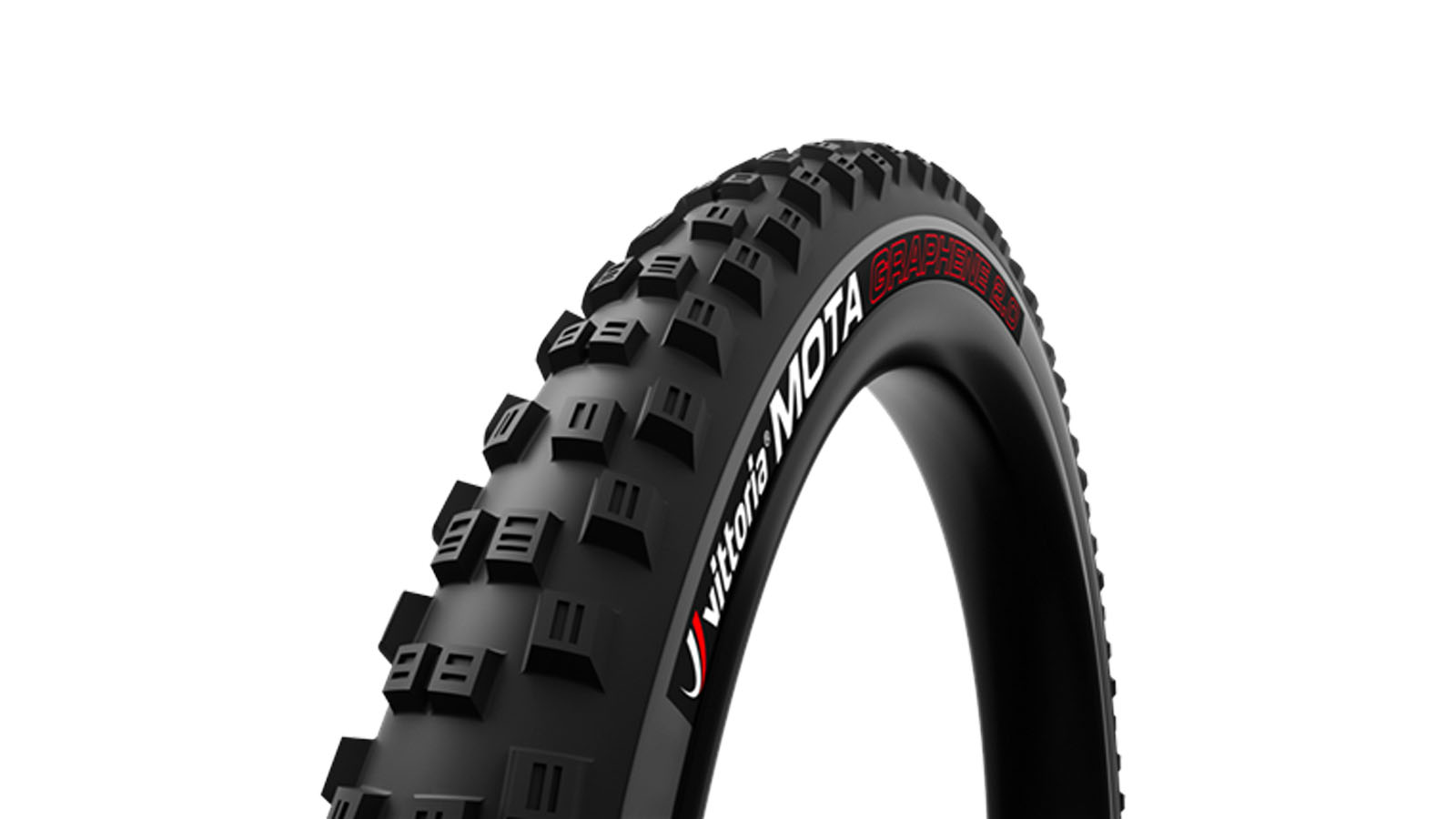
Mota
Specifications
Reasons to buy
Reasons to avoid
Vittoria’s Mota is aimed to steal a slice of the pie from the big three gravity tyres which are designed to provide unflappable grip in the gnarliest conditions. The tall and widely moto-style blocks are intended for penetration in soft dirt while the siping allows the aggressive treads to hang onto hard obstacles like roots and rocks too. There is heaps of rolling resistance, but you don’t run an aggressive tyre like the Mota if that’s your top concern.
Available in two casings for 2020, one with the fully-fledged dual-ply TNT DH casing, and the other with a lighter enduro/trail casing that is tubeless-ready, with an AFP puncture protection insert and sidewall protection.
Vittoria Plus and Fat tyres
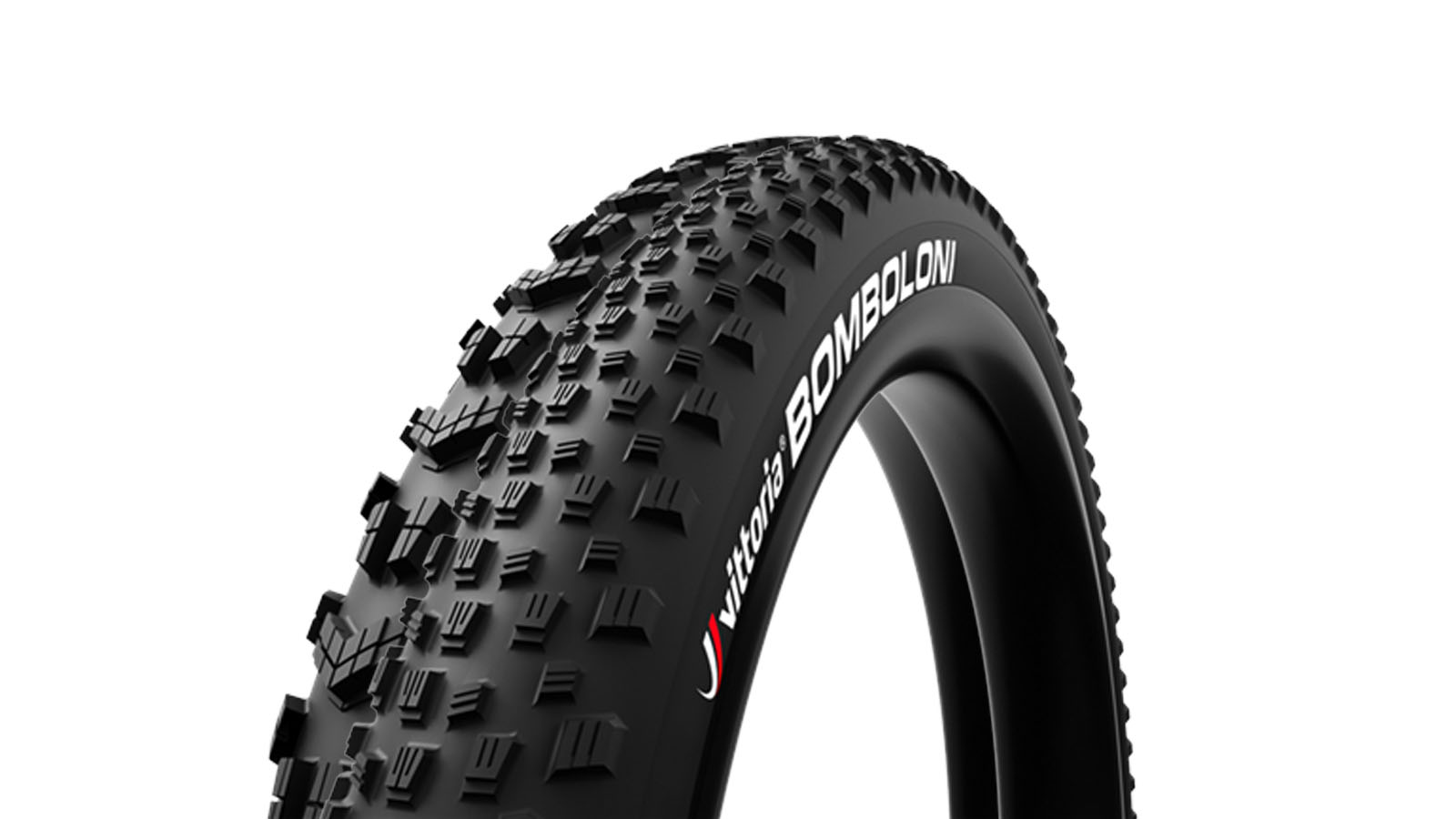
Bomboloni
Specifications
Reasons to buy
Reasons to avoid
Italian for doughnut, the Bomboloni is as sticky as a freshly glazed Krispy Kreme, without the lumbering sluggishness you feel after the sugar high from eating half a dozen wears off.
With a shallow XC style tread, the Bomboloni rolls surprisingly well for its girth, but when the small siped blocks break free, the handling becomes entertaining yet remains predictable. The knobs are evenly spaced around the round casing profile, so there is no transition zone, just traction at any angle. It’s also surprisingly feathery, especially given the girth, yet the sidewall is well supported and can fend off sharp rocks.
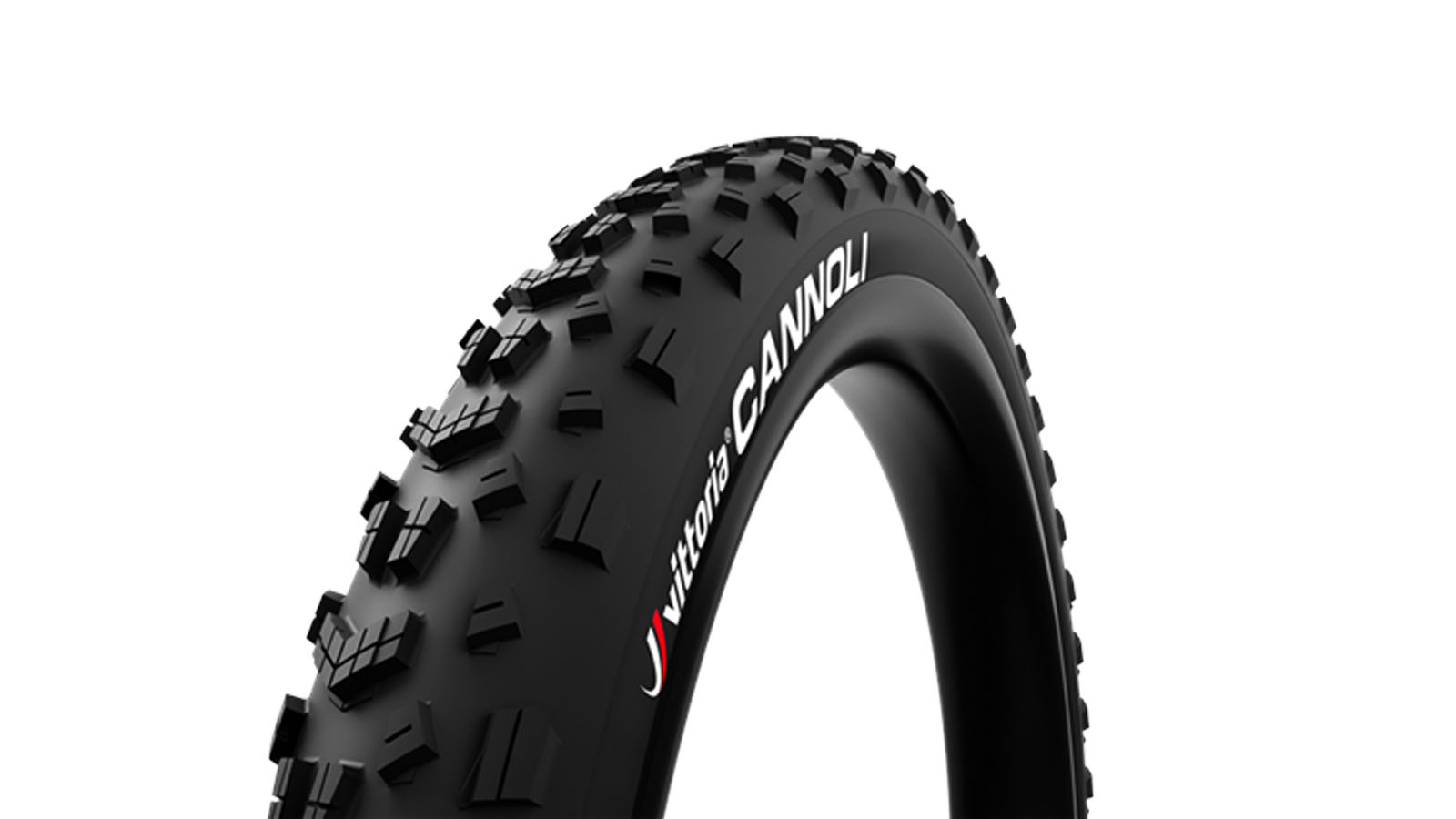
Cannoli
Specifications
Reasons to buy
Reasons to avoid
Designed for steep and deep snow-covered terrain, the Cannoli is intended to provide maximum purchase no matter the trail surface.
Instead of Vittoria's 4C quad compound rubber, the Cannoli only sees two compounds, which gets softer as you move toward the edge of the tyre. It has a deeper tread than the Bomboloni with cross siped centre tread; the shoulder tread and transition knobs are also scored to allow each block to flex and deform to create as much grip as possible.
Vittoria technology explained
1. Graphene 2.0
Why trust BikePerfect
Graphene is a 2D layer of carbon atoms that has a tensile strength 46-per cent higher than the burliest diamond on record, and is virtually non-existent on the scale — because it’s 2d.
The material was first isolated in 2010 and since then has found its way into the bike industry. Vittoria mixes it with its rubber compounds, using graphene to fill the spaces between the rubber molecules — carbon nanotubes, which are a sheet of graphene rolled into a tube, are used in a similar fashion in carbon fibre — claiming improvements in basically every performance metric.
After the brand introduced the technology, riders rolling on graphene-enhanced rubber proceeded to win the XC World Championships, and in 2018 won the European, French, German, Austrian, Russian, Brazilian, and Pan-American Cross-Country championships. We're now up to the second iteration of the graphene tech, and Vittoria says it benefits traction, puncture protection and rolling resistance.
2. 4C
Multi compound tyres are nothing new in the bike industry, with most brands tyres utilising harder compounds in the centre tread for improved rolling and longevity, and softer compounds in the shoulder tread for grip.
Vittoria has managed to utilise four separate compound layers in its mountain bike tyres, claiming to be the only company to achieve this. The sub-tread of the shoulder knobs uses a compound claimed to offer stability and resist folding in corners. This is topped by a separate mixture said to improve cornering grip, and with Graphene utilized to enhance wet weather traction.
The centre strip also features two layers of compounds, with the base said to extend wear life and provide puncture resistance. The outer layer claims to improve climbing and braking performance with the graphene claimed to further enhance this.
3. TNT
TNT stands for tube/no-tube and denotes tyres that can be set up tubeless.
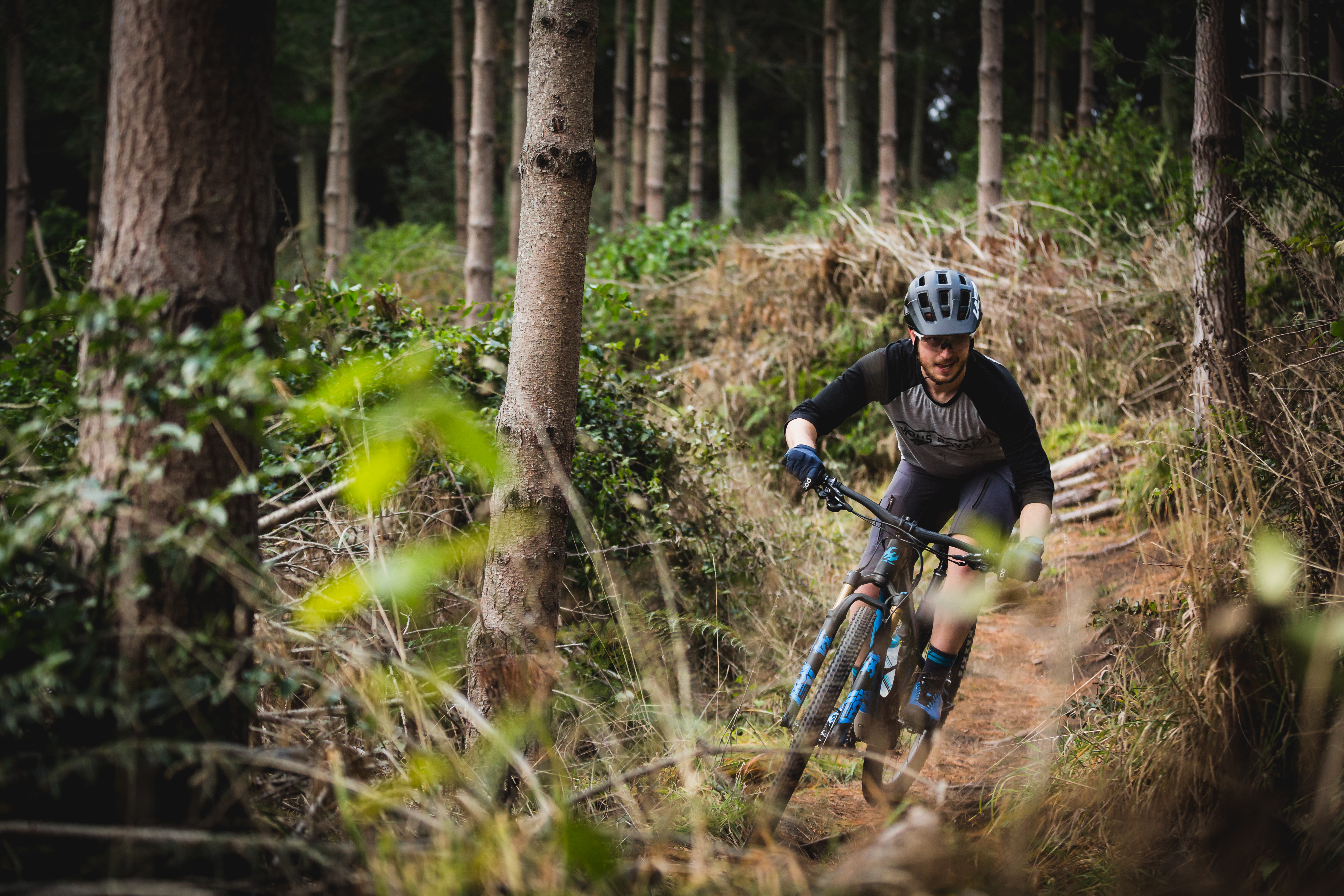
Born and bred in Colorado, and now based in Australia, Colin comes from a ski racing background and started riding as a way to stay fit through the summer months. His father, a former European pro, convinced him to join the Colorado State University collegiate cycling team, and he hasn't stopped since. It's not often he pins on a number nowadays, and you'll likely find him in search of flowy singletrack, gravel roads and hairpin corners. Colin has worked at Bikeradar and is a regular contributor to Australian Mountain Bike and Cyclist magazines.
Rides: BMC Team Machine SLR01, Trek Top Fuel 9, Ibis Ripley
